SpicyJuan11
Senior Airman
Hi all, after finally getting a result that I'm happy with with an airbrush after many months, much to my disappointment, a simple gloss clear spray varnish (Tamiya TS-13) has almost ruined them.
I first sprayed my 1/48 Corsair with a thick, heavy coat in my garage (54-56F). The top half (my first pass) turned out very well except for a few spots where I got an "orange peel". When I repeated the process again on the bottom half, it turned out terrible! When I went on to a 1/72 Hs 129, I sprayed the upper half again with a quick light coat followed with additional coats after the initial layer dried (the temperature was now 60F). This turned out pretty good, but when I repeated the process on the underside, I got crackling again!!!
Can someone please help me understand what I'm doing wrong? Do I have to do even lighter, quicker coats? Do I need to warm the can up in warm water before I spray? Is the temperature of the garage too cold to spray (the instructions say at least 50F)? I have never had this issue before as I have always used Testors spray Glosscote without any issues.
Also, how do I fix the mess I already created? 3000 grit sanding sponge?
Please, any help would be greatly appreciated! Thank you!
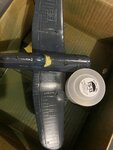
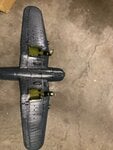
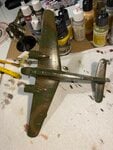
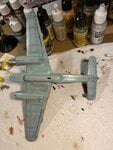
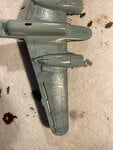
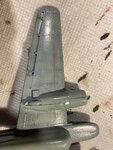
I first sprayed my 1/48 Corsair with a thick, heavy coat in my garage (54-56F). The top half (my first pass) turned out very well except for a few spots where I got an "orange peel". When I repeated the process again on the bottom half, it turned out terrible! When I went on to a 1/72 Hs 129, I sprayed the upper half again with a quick light coat followed with additional coats after the initial layer dried (the temperature was now 60F). This turned out pretty good, but when I repeated the process on the underside, I got crackling again!!!
Can someone please help me understand what I'm doing wrong? Do I have to do even lighter, quicker coats? Do I need to warm the can up in warm water before I spray? Is the temperature of the garage too cold to spray (the instructions say at least 50F)? I have never had this issue before as I have always used Testors spray Glosscote without any issues.
Also, how do I fix the mess I already created? 3000 grit sanding sponge?
Please, any help would be greatly appreciated! Thank you!






Last edited:
